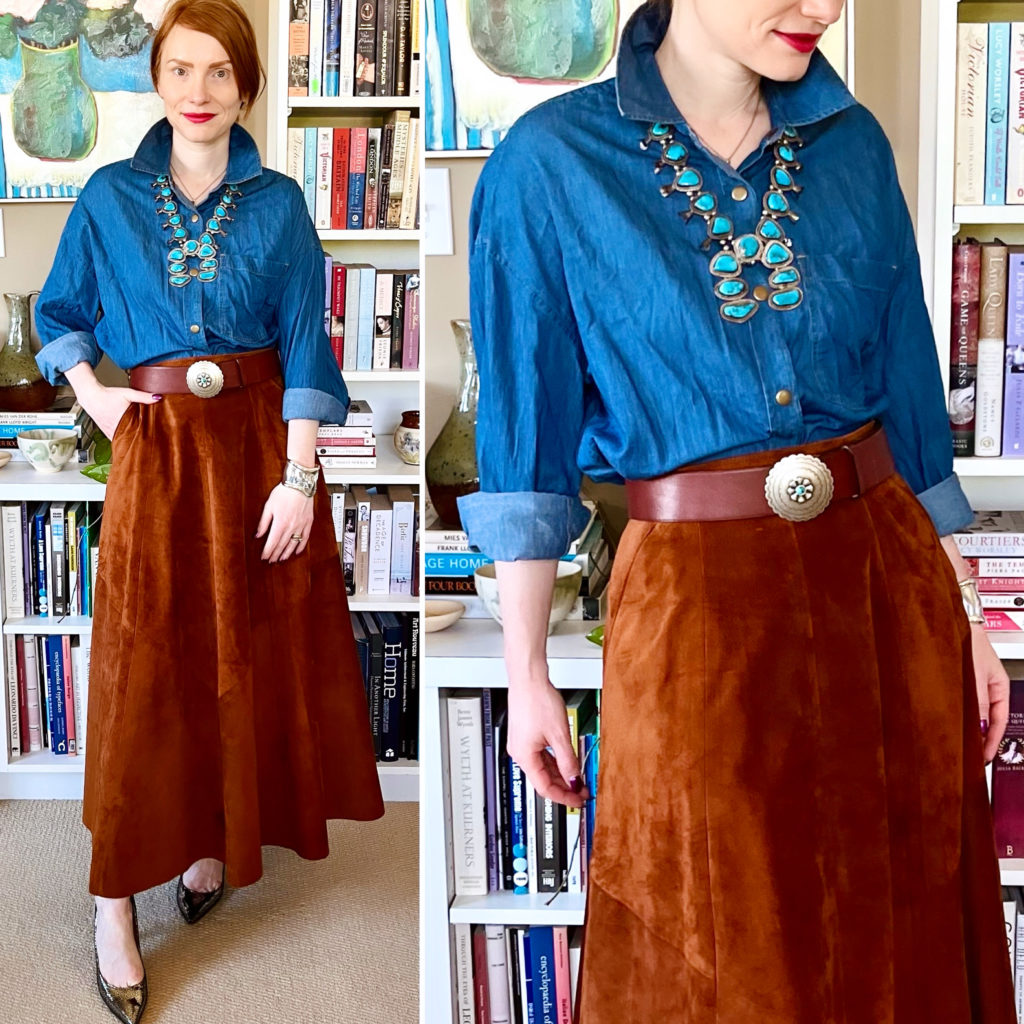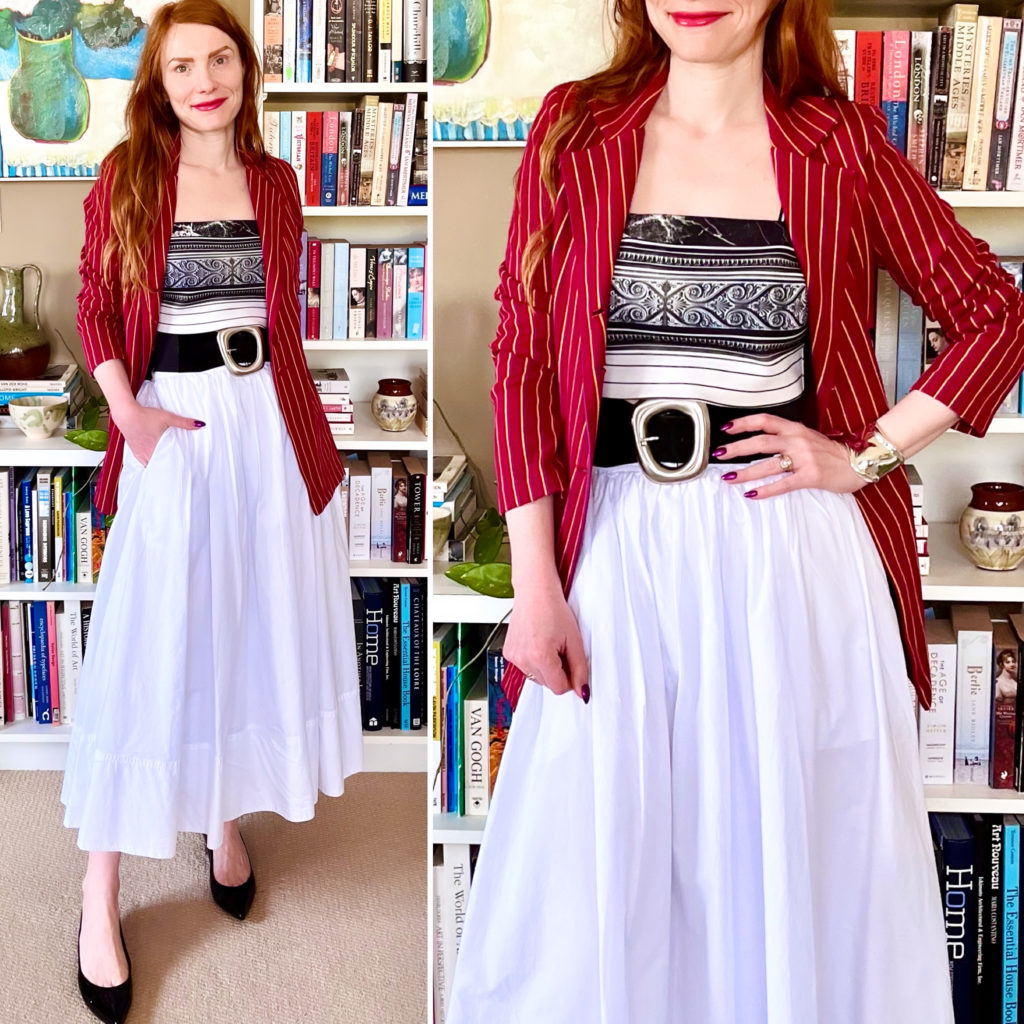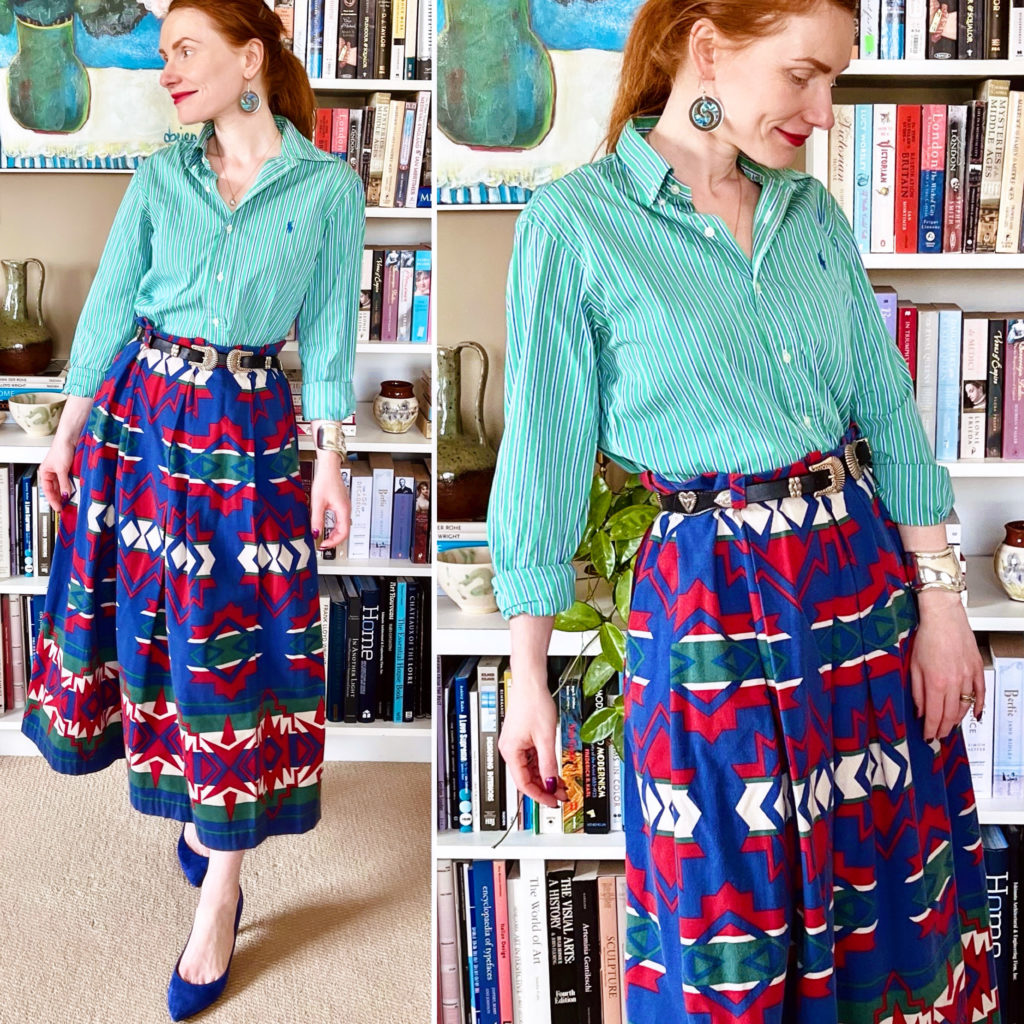As I mentioned in a previous post, I am planning to diversify the focus of my posts and, among other things, start writing about books again. I go in and out of intense reading phases, as time and my other hobbies permit; lately, I’ve been very much in, so the list of books I’ve read this year has grown quite impressively, if I do say so myself. However, to get the ball rolling, I am starting with a themed round-up of recent and not-so-recent reads. I have been on a bit of a Plantagenet reading side-quest since last year, so I’ve put together this list of good reads on the topic for anyone similarly inclined. And let me tell you: the Plantagenets make the Tudors seem like a quiet, peaceful bunch.
Before we dive in, I feel that I need to preface this list and my reviews with the caveat that, as a fan of historical non-fiction, I am primarily interested in the social and personal aspects of history, far more than the political and military ones. I much prefer reading about female historical figures because I feel there is more to learn about those things in their biographies; historians writing about men tend to focus on “serious” matters and textbook-type information, and I personally care more about the psychology and atmosphere of an era. I understand why some scholars feel more comfortable with tangible facts, but their work doesn’t engage me as much as that of folks who are willing to marry historical research with a little psychological conjecture. I find the latter to be more common when it comes to biographies of women, probably due to the fact that there is less material in the historical record about women in the Middle Ages, so writers have to fill in more blanks.
Oh, one more thing: the blurby bits below come from the publishers’ descriptions, and I’ve added my comments at the end.
With that said, let’s dive in!
The Plantagenets: The Kings Who Made England – Dan Jones
This brilliant new book explores the lives of eight generations of the greatest kings and queens that this country has ever seen, and the worst. The Plantagenets – their story is the story of Britain. England’s greatest royal dynasty, the Plantagenets, ruled over England through eight generations of kings. Their remarkable reign saw England emerge from the Dark Ages to become a highly organised kingdom that spanned a vast expanse of Europe. Plantagenet rule saw the establishment of laws and creation of artworks, monuments and tombs which survive to this day, and continue to speak of their sophistication, brutality and secrets.
My review: This is a well-written, solid intro to the dynasty. Definitely more of a textbook-type approach to history retelling, but accessible and comprehensive. It covers the period up to Richard II; the last part of the Plantagenet saga is covered in a second book.
The Wars of the Roses: The Fall of the Plantagenets and the Rise of the Tudors – Dan Jones
The crown of England changed hands five times over the course of the fifteenth century, as two branches of the Plantagenet dynasty fought to the death for the right to rule. In this riveting follow-up to The Plantagenets, celebrated historian Dan Jones describes how the longest-reigning British royal family tore itself apart until it was finally replaced by the Tudors. Some of the greatest heroes and villains of history were thrown together in these turbulent times, from Joan of Arc and Henry V, whose victory at Agincourt marked the high point of the medieval monarchy, to Richard III, who murdered his own nephews in a desperate bid to secure his stolen crown. This was a period when headstrong queens and consorts seized power and bent men to their will. With vivid descriptions of the battles of Towton and Bosworth, where the last Plantagenet king was slain, this dramatic narrative history revels in bedlam and intrigue. It also offers a long-overdue corrective to Tudor propaganda, dismantling their self-serving account of what they called the Wars of the Roses.
My review: Basically, same as above – a good intro to the War of the Roses, heavy on the political and military details.
Eleanor of Aquitaine: A Life – Alison Weir
I could not find a blurb for this book, but it is a biography of the Plantagenet matriarch, Eleanor of Aquitaine – one of the most famous women of the Middle Ages. I’m sure you’ve heard a thing or two about her 😉
My review: Weir does women-focused biographies very well, and this one is no exception. Eleanor is a fascinating character for modern audiences because she was able to enjoy a level of agency that was rare for a woman of her time. It’s tempting to see her as a kind of proto-feminist, though such categorization is, of course, nonsense from a historical point of view. This is an enjoyable, nuts-and-bolts kind of biography.
Queen Isabella: Treachery, Adultery, and Murder in Medieval England– Alison Weir
Isabella arrived in London in 1308, the spirited twelve-year-old daughter of King Philip IV of France. Her marriage to the heir to England’s throne was designed to heal old political wounds between the two countries, and in the years that followed, she would become an important figure, a determined and clever woman whose influence would come to last centuries. But Queen Isabella’s political machinations led generations of historians to malign her, earning her a reputation as a ruthless schemer and an odious nickname, “the She-Wolf of France.”
Now the acclaimed author of Eleanor of Aquitaine, Alison Weir, reexamines the life of Isabella of England, history’s other notorious and charismatic medieval queen. Praised for her fair looks, the newly wed Isabella was denied the attentions of Edward II, a weak, sexually ambiguous monarch with scant taste for his royal duties. As their marriage progressed, Isabella was neglected by her dissolute husband and slighted by his favored male courtiers. Humiliated and deprived of her income, her children, and her liberty, Isabella escaped to France, where she entered into a passionate affair with Edward II’s mortal enemy, Roger Mortimer. Together, Isabella and Mortimer led the only successful invasion of English soil since the Norman Conquest of 1066, deposing Edward and ruling in his stead as co-regents for Isabella’s young son, Edward III. Fate, however, was soon to catch up with Isabella and her lover.
Many mysteries and legends have been woven around Isabella’s story. She was long condemned as an accessory to Edward II’s brutal murder in 1327, but recent research has cast doubt on whether that murder even took place. Isabella’s reputation, then, rests largely on the prejudices of monkish chroniclers and prudish Victorian scholars. Here Alison Weir gives a startling, groundbreaking new perspective on Isabella, in this first full biography in more than 150 years. In a work of extraordinary original research, Weir effectively strips away centuries of propaganda, legend, and romantic myth, and reveals a truly remarkable woman who had a profound influence upon the age in which she lived and the history of western Europe.
My review: This is as good a time as any to tell you that I am obsessed with the French Capetian dynasty as much (if not more) than the Plantagenets. Isabella of France is one of my favourite intersections between the two, and her story is a wild ride to say the least. Unlike Eleanor, Isabella doesn’t have a lot of standalone biographies, and Weir does her story justice.
Two Houses, Two Kingdoms: A History of France and England, 1100–1300 – Catherine Hanley
The twelfth and thirteenth centuries were a time of personal monarchy, when the close friendship or petty feuding between kings and queens could determine the course of history. The Capetians of France and the Angevins of England waged war, made peace, and intermarried. The lands under the control of the English king once reached to within a few miles of Paris, and those ruled by the French house, at their apogee, crossed the Channel and encompassed London itself.
In this lively, engaging history, Catherine Hanley traces the great clashes, and occasional friendships, of the two dynasties. Along the way, she emphasizes the fascinating and influential women of the houses—including Eleanor of Aquitaine and Blanche of Castille—and shows how personalities and familial bonds shaped the fate of two countries. This is a tale of two intertwined dynasties that shaped the present and the future of England and France, told through the stories of the people involved.
My review: This book covers earlier intersections between the Capetians and the Plantagenets and provides an excellent sort of dual biography. In the absence of few other English-language books on the Capetians, I was very pleased to find this book – and enjoyed it very much. It strikes a good balance between personal history of key figures and broader political/military history. I do wish it covered an extra 30 years or so, up to the end of the main Capetian line with the death of Charles IV of France (and rise of the Valois cadet branch, another fascinating dynasty, but that’s a story for another time). The early 1300s were a tumultuous time on both sides of the English Channel, and I would have loved for that to be covered here. Alas. But it’s otherwise a great read!
The Red Prince: The Life of John of Gaunt, the Duke of Lancaster – Helen Carr
Son of Edward III, brother to the Black Prince, father to Henry IV and the sire of all the Tudors. Always close to the English throne, John of Gaunt left a complex legacy. Too rich, too powerful, too haughty… did he have his eye on his nephew’s throne? Why was he such a focus of hate in the Peasants’ Revolt?
In examining the life of a pivotal medieval figure, Helen Carr paints a revealing portrait of a man who held the levers of power on the English and European stage, passionately upheld chivalric values, pressed for the Bible to be translated into English, patronised the arts, ran huge risks to pursue the woman he loved… and, according to Shakespeare, gave the most beautiful of all speeches on England.
My review: As I mentioned, I am mostly interested in female historical figures. John of Gaunt is an exception. He was just a fascinating dude, all things considered (by which I mean the fact that he was the feudal equivalent of a billionaire, not the type of person I normally find interesting). There haven’t been a lot of biographies for him, so I was excited to find this one. It does lean a bit textbook-y, but it’s an enjoyable read nonetheless.
Mistress of the Monarchy: The Life of Katherine Swynford, Duchess of Lancaster – Alison Weir
Another book without a blurb, but this is a biography of John of Gaunt’s third wife, the commoner Katherine Swynford.
My review: As Weir herself writes in the intro, this is actually the biography of a love story – maybe Fifty Shades of Grey for the Middle Ages? I kid, I kid. There is no evidence that John of Gaunt was kinky or anything. But he was super rich and very royal, and Katherine was neither of those things, and yet he fell in love and stood by her for more than 30 years (first as his mistress, and later on as his third wife). This sort of thing was unheard of back in the Middle Ages and, yes, people TALKED about it. It was a scandal. I love a juicy drama. In telling the story of that scandal, Weir basically gives us a good portrait of John of Gaunt himself, as well as the culture and atmosphere of the mid- to late 14th century. Highly fun read.
Lancaster And York: The Wars of the Roses – Alison Weir
No blurb, but self-explanatory title
My review: This is a more textbook-y offering from Weir, similar to Dan Jones’ book. I couldn’t tell you which one to choose if you only wanted to read one. I enjoyed reading both because I feel like there is always something new to glean from the different ways in which different authors approach their subject matter.
The Women of the Cousins’ War: The Duchess, the Queen, and the King’s Mother – Philippa Gregory, David Baldwin, and Michael Jones
In her essay on Jacquetta, Philippa Gregory uses original documents, archaeology, and histories of myth and witchcraft to create the first-ever biography of the young duchess who survived two reigns and two wars to become the first lady at two rival courts. David Baldwin, established authority on the Wars of the Roses, tells the story of Elizabeth Woodville, the first commoner to marry a king of England for love. And Michael Jones, fellow of the Royal Historical Society, writes of Margaret Beaufort, the almost-unknown matriarch of the House of Tudor.
My review: This is basically 3 mini-biographies, by different authors, of 3 key female figures in the Wars of the Roses. Jacquetta of Luxembourg is the least known of the three, and this was my first proper introduction to her. Each section is well-written but relatively brief, so the book does leave one wanting more.
Blood Sisters: The Women Behind the Wars of the Roses – Sarah Gristwood
The Wars of the Roses, which tore apart the ruling Plantagenet family in fifteenth-century England, was truly a domestic drama, as fraught and intimate as any family feud before or since. But as acclaimed historian Sarah Gristwood reveals, while the events of this turbulent time are usually described in terms of the men who fought and died seeking the throne, a handful of powerful women would prove just as decisive as their kinfolks’ clashing armies. A richly drawn, absorbing epic, Blood Sisters reveals how women helped to end the Wars of the Roses, paving the way for the Tudor age — and the creation of modern England.
My review: I saved the best for (almost) last, sorry. This, for me, is hands-down the best book I’ve read about the Wars of the Roses. It tells the story from the POV of the women involved, from Margaret of Anjou, to Cecily Neville, to Margaret Beaufort, Jacquetta and her daughter Elizabeth Woodville, to Anne Neville and Elizabeth of York – and many others. It’s engaging and fast-paced and beautifully written. If you’re going to read only one book about the latter Plantagenets, make it this one.
Elizabeth of York: A Tudor Queen and Her World – Alison Weir
Many are familiar with the story of the much-married King Henry VIII of England and the celebrated reign of his daughter, Elizabeth I. But it is often forgotten that the life of the first Tudor queen, Elizabeth of York, Henry’s mother and Elizabeth’s grandmother, spanned one of England’s most dramatic and perilous periods. Now New York Times bestselling author and acclaimed historian Alison Weir presents the first modern biography of this extraordinary woman, whose very existence united the realm and ensured the survival of the Plantagenet bloodline.
Drawing from a rich trove of historical records, Weir gives a long overdue and much-deserved look at this unforgettable princess whose line descends to today’s British monarch—a woman who overcame tragedy and danger to become one of England’s most beloved consorts.
My review: I put this one at the end only for the sake of chronology, as Elizabeth of York was the most important link between the Plantagenets and the Tudors. This is another solid biography from Weir. I learned some things I didn’t know about Elizabeth, who has a reputation as a rather retiring, quiet figure (a queen who never made any noise or trouble) but was probably more ambitious and shrewd than she’s been given credit. The book provides interesting insights into the turbulent reign of Richard III, without getting too bogged down in the battle bits.












